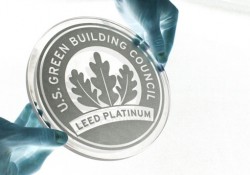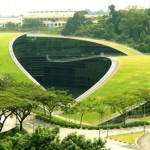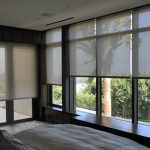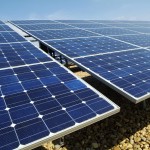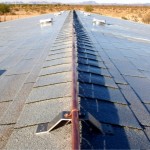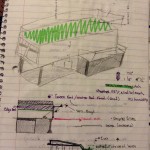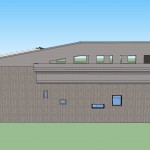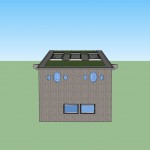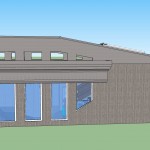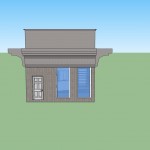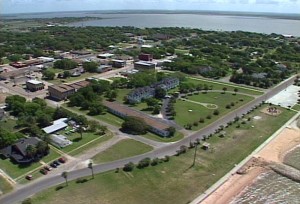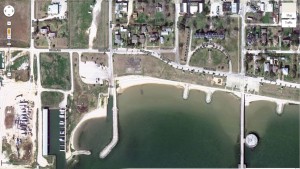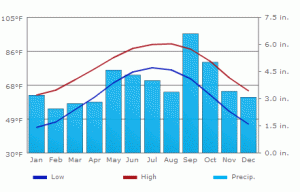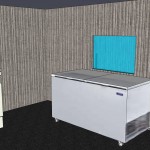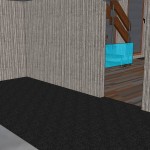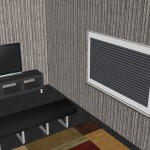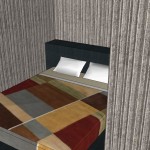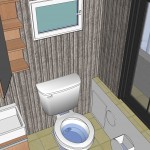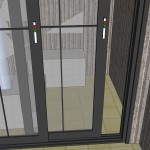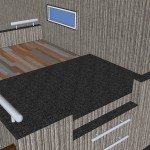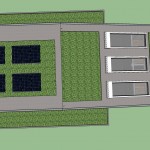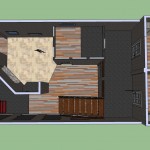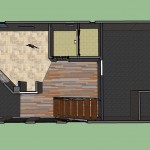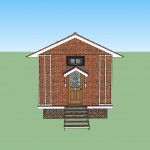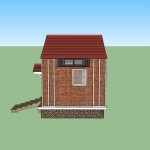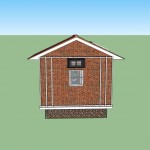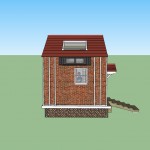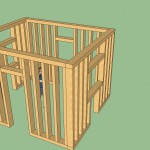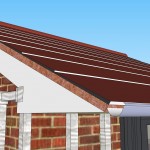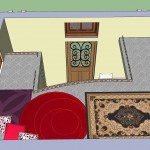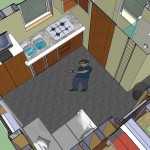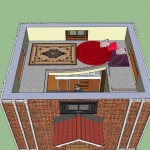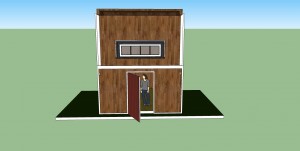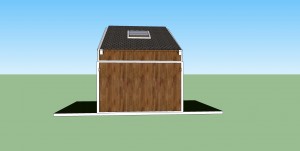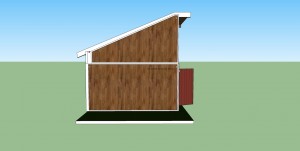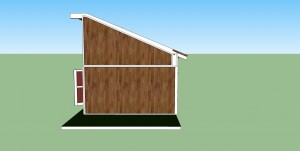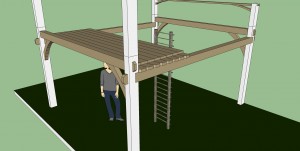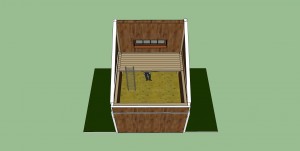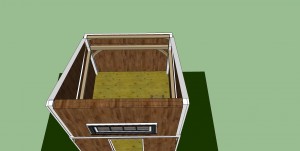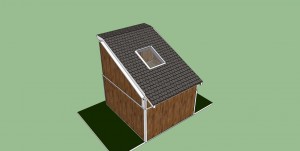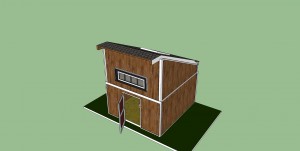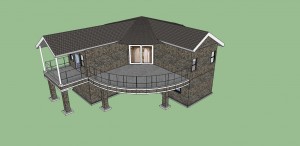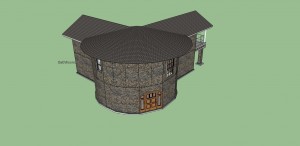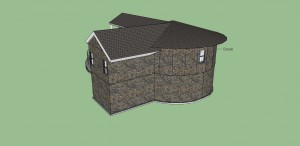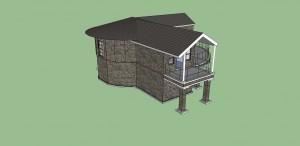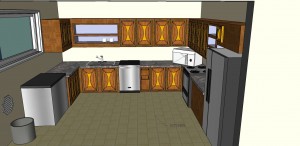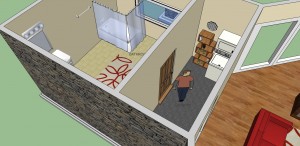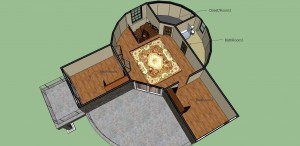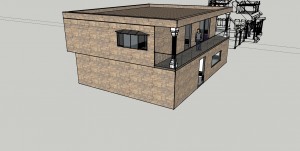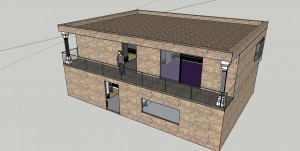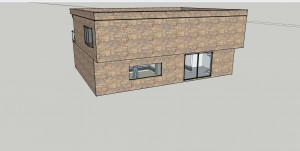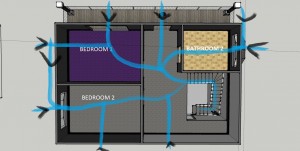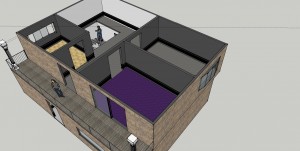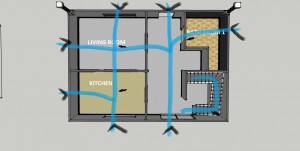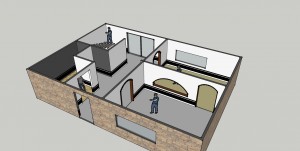Leadership in Energy and Environmental Design Home- LEED
Following up after a week about Sustainable living inside a Tiny home, I was stuck rethinking the sustainable concepts, ideas or the thought of sustainable living in general. simple understanding of sustainability is everything that we need for our existence and well-being depends, either directly or indirectly, on our natural environment. Sustainability creates and maintains the conditions under which humans and nature can exist, that permit fulfilling the social, economic and other requirements of present and future generations.In other words sustainability means to continue in life. In order to do this we need to find alternatives to using important resources on the planet: the sun for solar lighting, heating, electricity and prevention of Global Warming, filtered reusable water cycling throughout a building from rainwater collection, or harvesting energy through Geothermal wells beneath the earth, but wouldn’t recommend it.There are other sustainable practices that can be used to influence the community on preserving the earth, starting with the home is an important choice because “you have to know how to live long to stay long”, meaning that its going to be a gradual adaption in order to integrate sustainable concepts into the state that we are in now and starting in the daily home setting is ideal for the beginning of these conceptual practices.
Week 5 Design (LEED Certification Domestic Space)
Focusing on this format of architecture helped me realize somewhat of “My Style” of architectural design. My week 4 design helped me come to an intentional focus in sustainable Architecture to show the effects of sustainable living through it’s economic measurements and conceptual design and to influence decision to to this architectural movement. This weeks design stands with 1,973.4835 sq. ft. (ground floor: 1,352.8567 sq. ft. second floor: 620.6268 sq. ft.)
ABOUT:
My first idea when designing this LEED building was to do a blueprint sketch, I done the sketch but it got lost and so I decided to just do a SketchUp model for this design. While in the program 2 days of working on it, the file became corrupt and caused me to start over again, so I’m not really satisfied with this design because its not entirely what I wanted to represent in it. After compiling a list of characteristics I wanted the structure to have I began the design process of sketching, erasing and crossing out with the limited time that I had. The elements of the home are energy efficiency, filtered recycled water, natural air ventilation, solar shading, Green roof properties, high heat capacity wall material and an idea of passive water cooling. This may seem finished but there are still additional add-ons such as a canopy for the front door on the west wall, a Rain water harvesting tank for the cycle of the water through the building, another set of stairs going down for the garage (see below notes)
LOCATION:
-408 S Bay Blvd, Palacios, TX 77465 (Google Maps: https://maps.google.com/maps?q=408+S+Bay+Blvd,+Palacios,+TX+77465&ie=UTF-8&hq=&hnear=0x8641e56a171c0b1f:0x8c24059140761bee,408+S+Bay+Blvd,+Palacios,+TX+77465&gl=us&ei=-7mjUaORKeWCiAKkg4HYBQ&ved=0CDEQ8gEwAA)
CLIMATE AND REGION:
-
Climate Region 15–
This regions climate is similar to region 14, but with a more severe summer, one will experience very high temperature and humidity levels. Having high humidity levels causes the temperature at night to remain stable (temperature not dropping), however that are frequent occurrences of a coastal breeze in the summer. Winters are short and mild with ample sunshine for winter heating needs; however the designer’s main concern is overheating in the summer.
- Keep hot temperatures out during the summer (VIII)
- Allow natural ventilation to both cool and remove excess moisture in the summer (VI)
- Protect from the summer sun (IV)
- Avoid creating additional humidity during the summer (X)
- Protect from the sum cod winter winds (II)
- Let the winter sun in (III)
- Keep the heat in and the cool temperatures out during the winter (I)
ENVIRONMENT QUALITY:
SUSTAINABLE CONCEPTS:
-
Water Efficiency and reuse
-
Water Storage Tank-
- Collects rainwater runoff from the roof and cycles the water through the building while filtering the water from the possible contaminants. The water then circulates through the home utilities, the ground plants and from the roof garden. Installing an underground water reservoir to contain runoff rainwater is the practical way of storing free water, reducing the utility bill cost, diminishing the flooding, erosion, and the flow to storm water effects, and pollution to the Bay from gutter contaminents. It reduces the contamination of surface water with sediments, fertilizers and pesticides from rainwater run-off helping make the Bay water cleaner of storm water. (there is no piece in this model because my laptop could not manage the space required to run the size of the file, but enjoy this real life example)
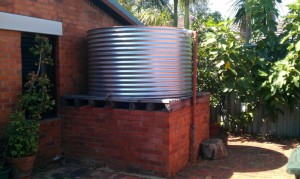
- Collects rainwater runoff from the roof and cycles the water through the building while filtering the water from the possible contaminants. The water then circulates through the home utilities, the ground plants and from the roof garden. Installing an underground water reservoir to contain runoff rainwater is the practical way of storing free water, reducing the utility bill cost, diminishing the flooding, erosion, and the flow to storm water effects, and pollution to the Bay from gutter contaminents. It reduces the contamination of surface water with sediments, fertilizers and pesticides from rainwater run-off helping make the Bay water cleaner of storm water. (there is no piece in this model because my laptop could not manage the space required to run the size of the file, but enjoy this real life example)
-
-
Energy Efficiency
- Solar photo-voltaic (PV) panels
- Harvesting the energy from the sun to generate electricity resulting with a less electric bill cost, environmental friendly and a constant reliable source because the sun is present most of the year in this section of Texas. In the second photo of the roof there are supposed to be more 3 solar panels above or below the sky windows for maximum easterly sun exposure. Another thing wrong is the design of the solar panels: they are flat and should be angled towards the south for being the face that receives the most sun because of it being close to the Tropic of cancer climate zone.
- Solar photo-voltaic (PV) panels
-
Passive Cooling
- At the top of the the roof at the top of the first patch of grass there are roof sprinklers to cool the building down during the day. They turn on when the roof reaches a set temperature and begin the showering water starts to absorb the suns rays resulting in an indirect gain of passive cooling. (A first idea for a passive cooling system I though of having a water fall run off instead of the sprinklers, the water fall run off will fall into a pond of water that drains to the water tank). Kind of difficult to see but its positioned at the bottom of the picture frame. Another factor of the passive cooling are the operable windows reachable by getting to the concrete slabbed floor supported by steel rod suspended to the ceiling. (First image roof sprinklers second image concrete slab floor)
-
Green Building
- Green Roof/Garden and irrigation control
- The roof has a green garden that reacts with the cycle of the water system by: collecting the rain water runoff and water from the roof sprinkler, after collection the water is then drained down to the water collection tank which is a key factor of the water utility functioning process. The vegetation used is a mixture of sedum and native plants to Texas: studies show that the problem with a green roof in Texas is finding plants that can sustain in a harsh environment for a long period of time. So the thought of still including one was: having the water storage tank and roof sprinklers as a reliable source of water.
- Green Roof/Garden and irrigation control
